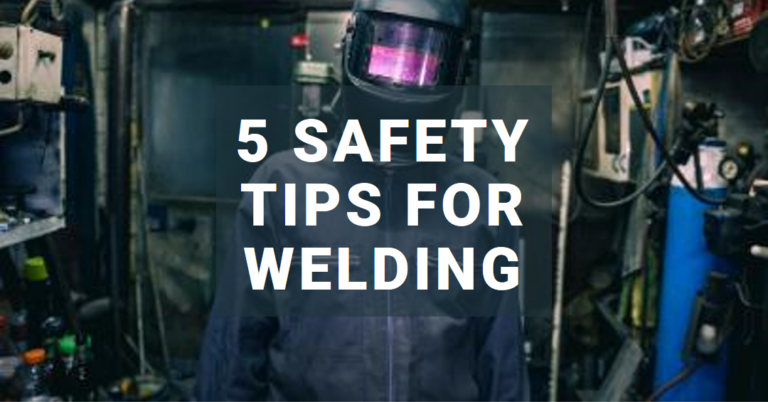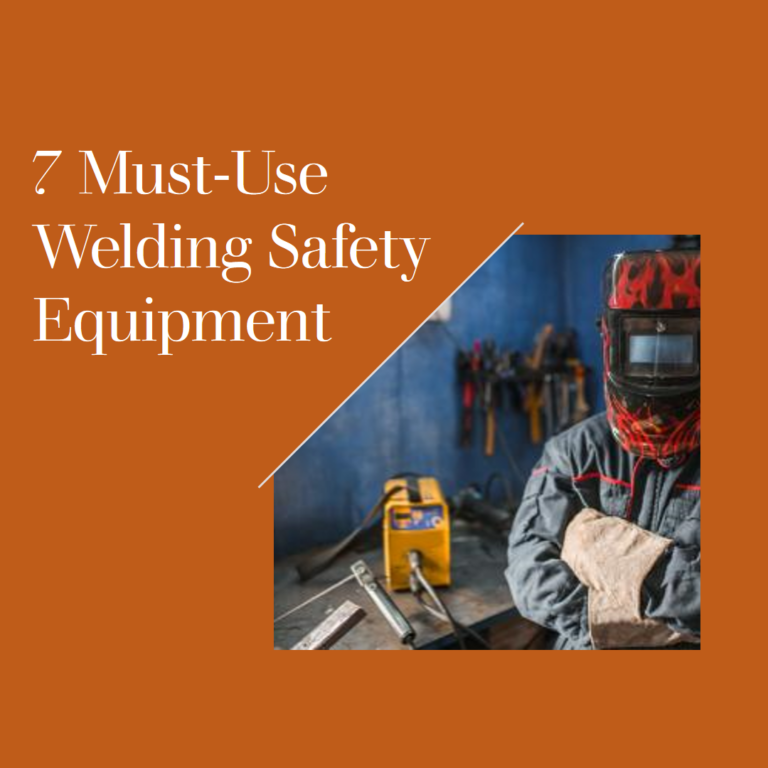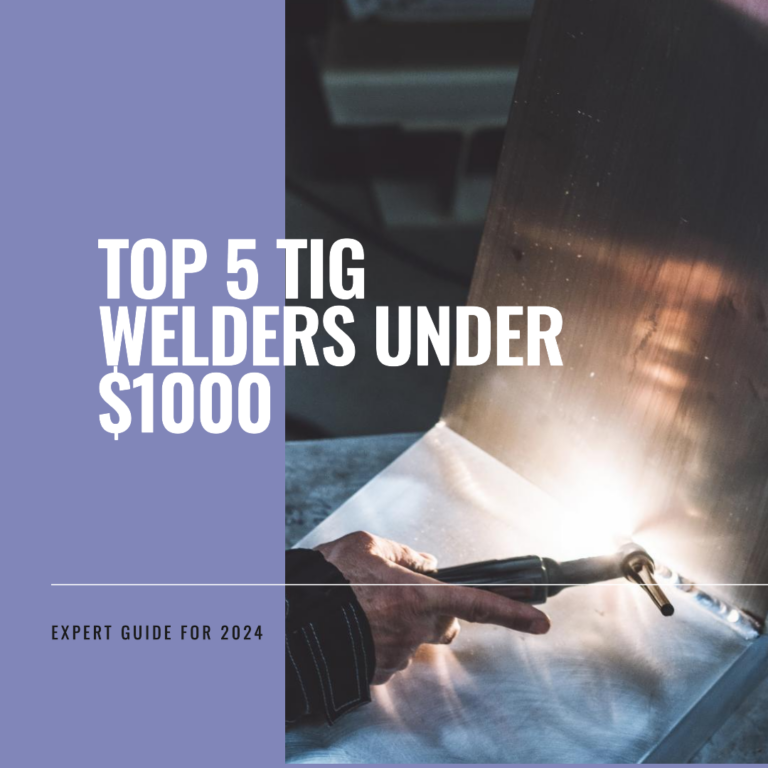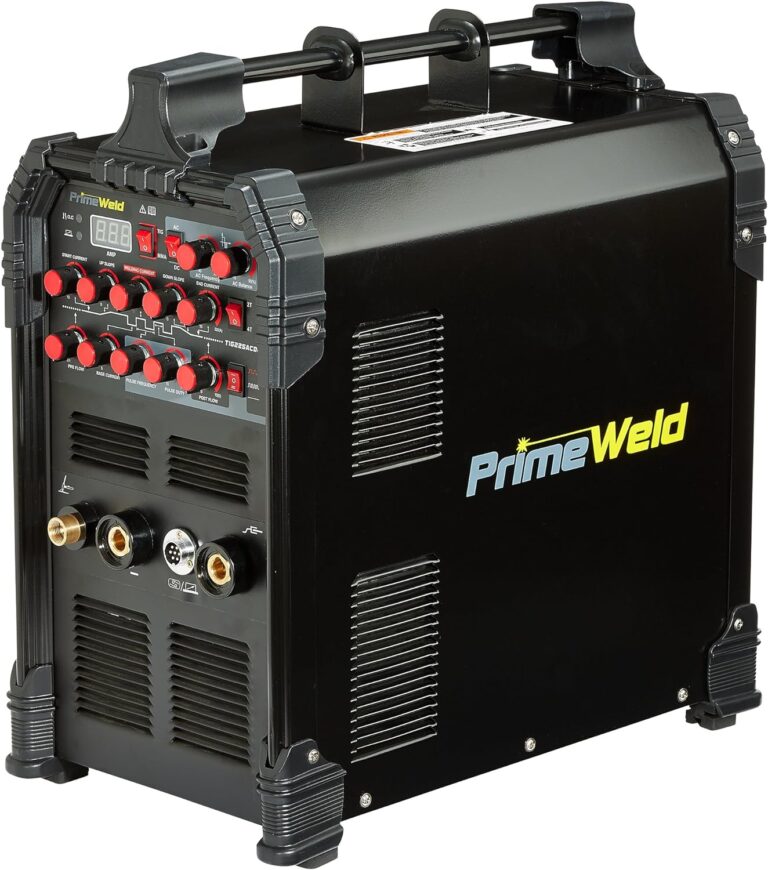Disclaimer: We support our readers with industry knowledge & research. You support us through our carefully chosen products with links that may earn us a commission.
Want to know the magical solutions to welding spatter caused by different methods? During welding, spatter formation is a common thing.
They can change your welding they are also not safe for welders. It is nearly impossible to do welding without any spatter formation. However, you can minimize them by following different methods.
In this article, we will explain to you some basic welding spatter causes. All the methods have their specifications that change your weld’s shape, and quality, and form a lot of spatter.
For your comfort and safety, we will also explain the solution that will reduce spatter formation.
What Causes Welding Spatter & Their Solution
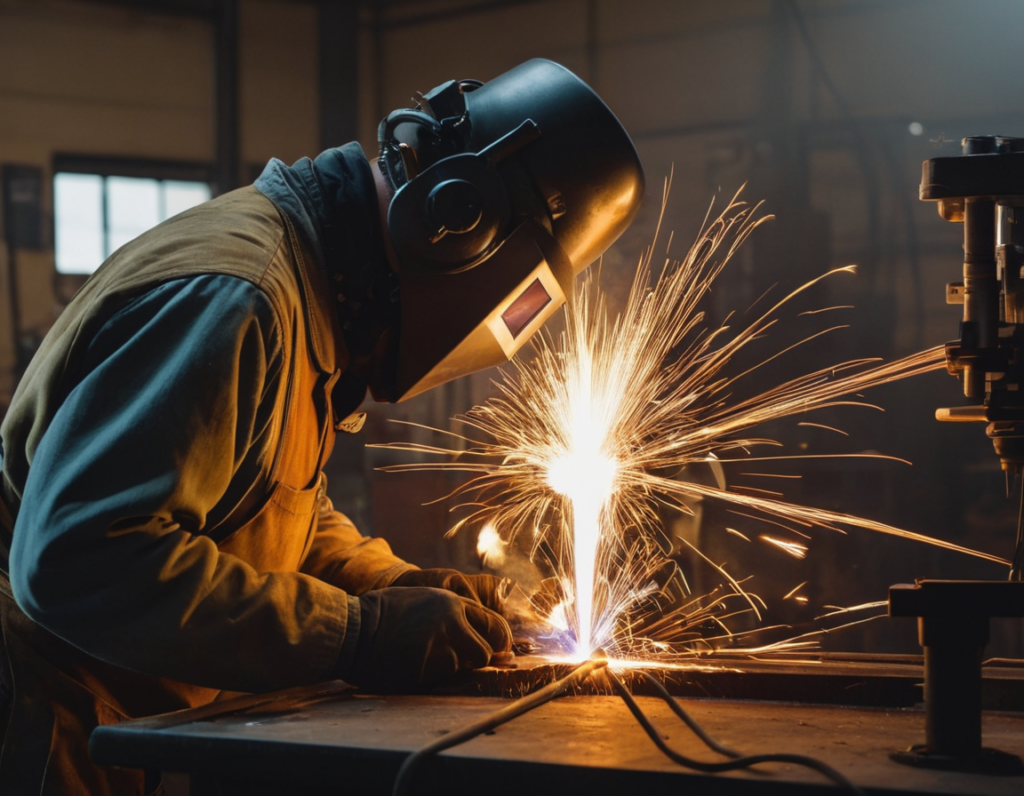
The below-mentioned 5 types are the common cause of welding spatter.
- Weldable metal
- Weldable filler
- Welder setting
- Welding technique
- Welding gas
Welding the material and quality of metal are the most important things. The amount of spatter is determined by the metal quality. Alon that its coating and cleanliness also determine the spatter during welding.
Cause: metal composition
In the welding market, specific metals are available. Some metals are not made for welding purposes.
They are made of other impurities and materials that are not good for welding. Moreover, some manufacturers also sell weldable metals, but they make them inexpensive as they can for higher sales.
If you want perfect and safe welding, then do not buy such cheap metals. They contain different impurities that create excessive amounts of spatter.
Solution
All these inexpensive and impurities metals are not good for welding. Choose a pure and right metal for your perfect spatter-free welding.
Cause: metal coating
The selection of pure metal is a challenging thing for spatter minimization. In some projects, you need to cover the surface of the metal with a specific coat. The coat includes chrome, paint, rubber, galvanized coating, and metal plating like the zinc electric glave.
The more pure your metal is, the more perfect and perfect your weld will be with less spatter. There are some coatings designed so that they did not contain any weld containment like the pre-primed steel.
These coating types will not cause any spatter issues.
Solution:
To avoid spatter, the best thing is to grind off the metal coat where you require welding. During welding, the layers will automatically melt away, but the benefit of grinding is that you will get a pure surface for welding.
The best grinding is about ¾ inches only.
Cause: dirty metal
One of the biggest reasons for spatter is metal dirt. Along with the composition and coating, metal dirt is the crucial factor of spatter. Any type of dirt like grease, oil, marker pen lines, and any other tiny dirt particles will spatter because they will not merge into a well.
Solution
The solution to avoid the paper is only to clean your welding metal before welding. Welding is not a difficult process if you use all the right strategies with the right materials.
The cleaning of material is an important thing for precise welding. You need to clean the metal surface with a rag before welding and later enjoy the welding with minimum spatter.
Weldable Filler
You would need prime quality material for perfect quality welds because the more good your material quality, the more perfect you will create welds with minimal spatter. Besides this, if you use a bad quality filler wire or rod for welding, you will have to face the trouble of excessive spatter.
Cause: low-grade filler
It depends on you how much you can spend on your material? The more you play, the more perfect and good quality material you will get. You need to pay extra for quality filler, but in return, you will get stunning spatter fewer welds.
It is one of the leading disciplines that your consumable must have the right composition of the material to make clean welds.
It is cheaper and more profitable for companies to make filler products by mixing welding material with the parent metal.
These fillers also have welding properties, but the only problem related to them is the excessive amount of spatter.
Solution
For perfect welds, it is best to first do some research on your filler quality before buying.
No need to buy a low-priced cheap filler and vent the expensive one. The only you need is to search for the perfect quality in your budget price to weld with minimum spatter.
Cause: contaminated filler
The biggest trouble for a welder is the contaminated filler. Some welders did not care about the covering of their consumables. They left them without any covering, and this is their biggest mistake.
The filler becomes contaminated with different materials like dust, dirt, and oil, and starts rusting. The dirt and rust during welding will create extra spatter.
Solution
To protect your filler from contamination, take care of them when they are over and not in your use.
The best thing about stainless steel fillers is that they won’t get rust. Furthermore, if you keep them uncovered, make sure that you clean them before their welding use.
The steel dust is the major thing that causes the stainless steel filler rust, and as a result, it can contaminate your welds. A good practice to protect these rods is to keep them away from the area of steel grinding.
Most of the MIG welding spools are also kept covered. These spools are always kept in a bag when they are not in use.
You can keep it outside the bag if it is sealed or used frequently. If you leave them uncovered for a long period, they can get rust because of the coil’s moisture formation.
The rods for SMAW welding are not very critical because of their flux covering.
This flux has a good way to remove contaminants and impurities like air from welds easily. On the other side, if you use we or oily flux rods for welding, you will face an excessive spatter.
It is good to keep all these rods in a bag or container if they are not in your use.
Welder settings
For minimal welding spatter, if you do all things from good quality metal to the filler cleaning, but if your welding settings are more appropriate, all your efforts are wanted.
Like the metal quality, the right welding settings are also very crucial for minimal spatter.
If your welding amperage is extra high, you will have to face an excessive spatter. You should have to maintain the setting in moderate form.
For an accurate setting, you can lower amperage by minimizing the wire speed or voltage increase. But keep in mind that the low voltage also forms a spatter.
The high electric stick-out ESO also increases the spatter and other problems like porosity and lack of penetration. For effective welding, control the setting of ESO to avoid the different welding problems.
Solution
For the adjustment of the right welding settings, it is preferable to first check the settings on a small piece of clean metal while adjusting the setting according to their refinding.
This thing is helpful to select the right welder and consumable recommendation settings for your project. Moreover, if you find excessive spatter formation at any setting, reject that one immediately.
Select the one that gives you the minimum spatter.
Welding Technique
The welding techniques mean the angle and speed of your work. Whether the drag or push technique you used for welding, the angle can make a lot of difference in welding.
The angle creates a lot of spatter, while some arc welding techniques form extreme spatters due to their fast dragging.
On the other side of the wire, the feeder is not feeding the wire at a steady speed; the amperage fluctuation will also cause a lot of spatter.
Solution
The changing of angle is possible in different techniques. The optimal welding angle is 15 degrees so try to keep this angle accurately during your welding.
But in some welding techniques, you can not change the angle; you have to face spatter in that case.
For spatter minimization, correct your travel speed. Keep the keep in the middle because too high and too slow speed will create many spatters. Also, resolve all the feeding issues.
Welding gas
The types and intensity of welding gas highly affect your welding cleanliness and perfection.
The most common welding glasses are carbon dioxide and argon. You can use pure argon or carbon dioxide for welding, while the right mixture can also be used for welding purposes.
Carbon dioxide gas is the inexpensive gas that shields your welds well and makes deep penetration effortless. Besides this, it also causes excessive spatter.
On the other hand, argon gas is specifically used for MIG aluminum welds and TIG stainless steel welds. In steel welding, argon’s use is not good because it produces low-quality welds along with bad spatter.
Solution
It is perfect for speechless and good welds to use a mixture of different gasses in different weldings types. For welding thicker steel, a high percentage of carbon dioxide is required.
If you mix the glasses in the right quantity for your weld thickness, you will get smooth welds with minimal spatter. You can also use the Best TIG Welder for Aluminum to solve this issue.
Conclusion
Summing up the article, all the above-mentioned welding spatter causes and their solution will help you a lot for perfect weld with less spatter.
The more you take care of your welding metal, filler, techniques, gas, and settings, the more accurate and precise your welding will be.
In the last of our articles, we will highly appreciate your effort to share something with us according to welding spatter and their solution.
Give us your valuable feedback in the comment section. Don’t forget to share the article with your loved ones, welder colleagues, team members, and friends.
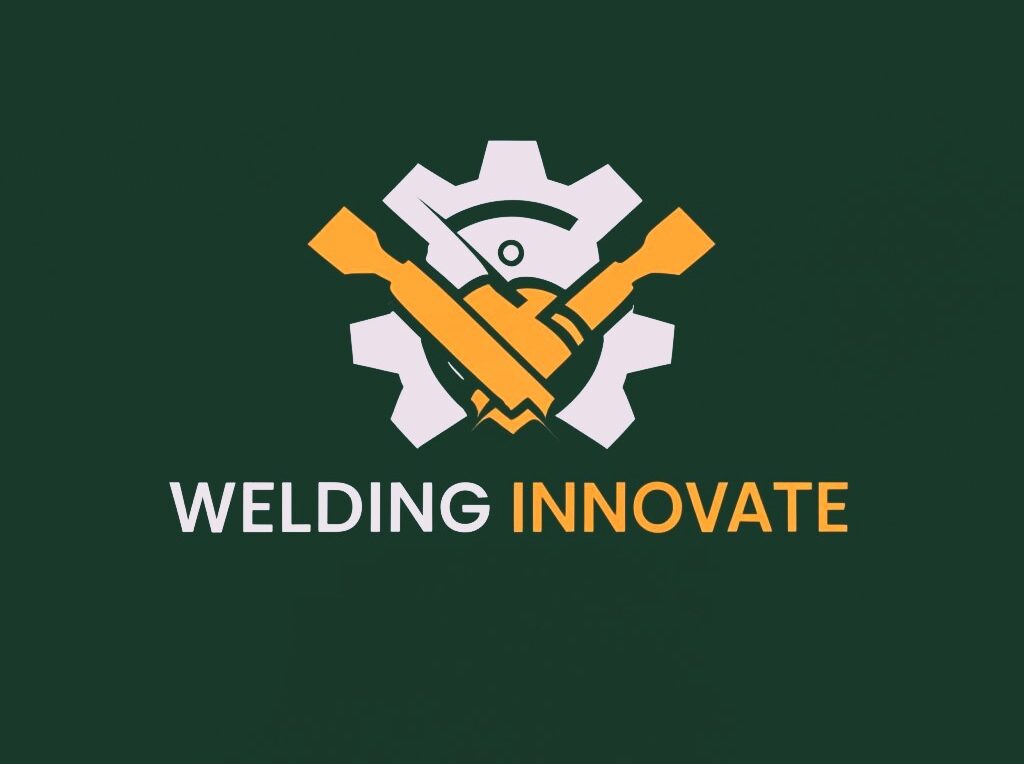
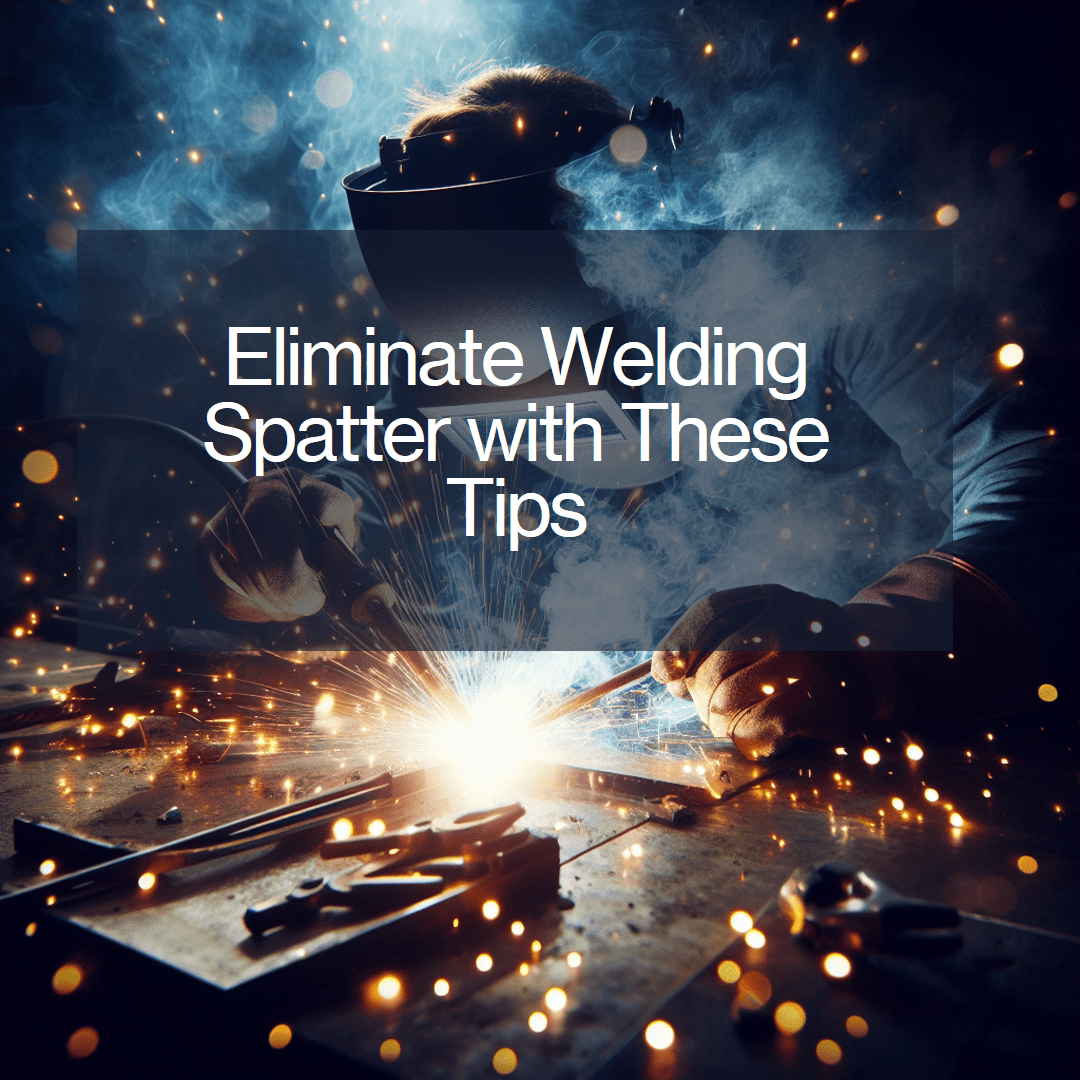

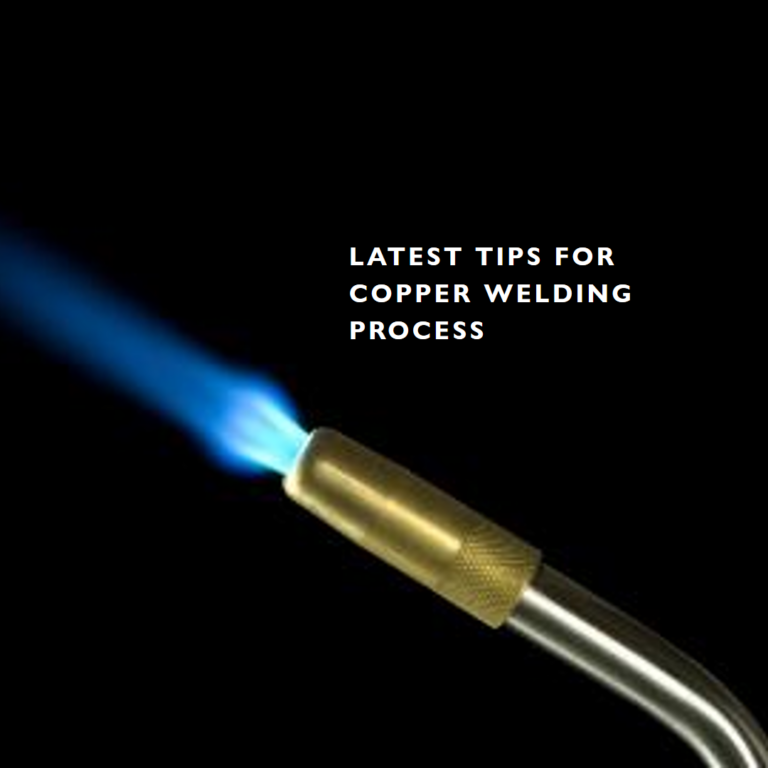
![How Much Do Underwater Welders Make [Avg Salary 2024] How Much Do Underwater Welders Make [Avg Salary 2024]](https://welding-world-awards.com/wp-content/uploads/2023/12/underwater-welding-salaries-768x768.png)
